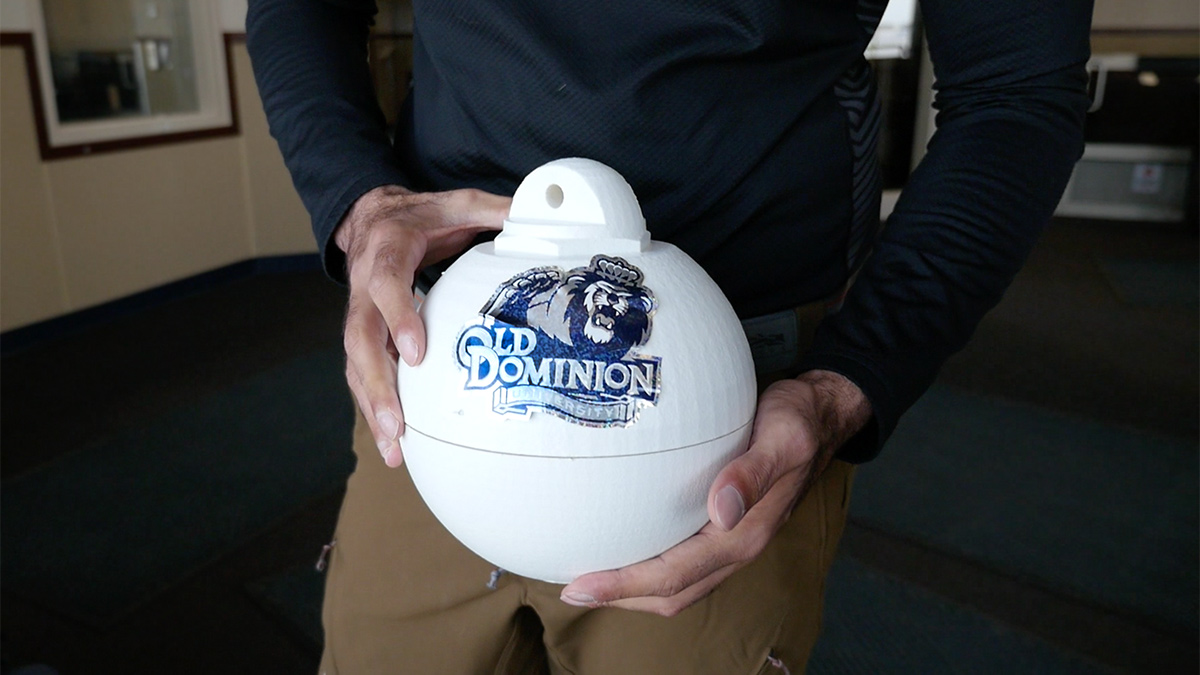
Researchers at Old Dominion University hope to use plastic buoys in the Arctic Ocean to help teach Hampton Roads students about climate change.
The battery-powered buoys collect information about water temperature and ocean currents. Using that data, scientists can draw conclusions about sea level rise.
Petros Katsioloudis, an ODU education professor, is creating a curriculum that will involve students in the information collection process. The goal is for them to see in real-time how climate change causes ocean temperatures to warm and seas to rise.
“It’s enhanced experienced-learning, instead of just watching a lecture,” Katsioloudis said. “This project actually should allow them to become a part, to a point, of this process.”
Eastern Virginia has experienced about 15 inches of sea level rise over the past 80 years in part due to warming water temperatures and melting glaciers. The Virginia Institute of Marine Science now predicts Hampton Roads could see at least 1.5 more feet of higher water levels by 2050.
Katsioloudis said the new curriculum will focus on the Arctic because melting polar ice caps contribute to local sea level rise.
“When things are happening, they’re usually happening from there because the conditions are so extreme. Then eventually, we see the results down here too,” Katsioloudis said.
He and other researchers from East Carolina University and the University of Maryland are currently testing the buoys around Alaska to ensure they can withstand Arctic conditions.
Participating schools will then receive their own buoys, and students will be able to paint and customize them before Katsioloudis’ team deploys them in the Arctic. The buoys will feed data to a special website, allowing kids to analyze the information from school.
The researchers plan to test the curriculum at Granby High School in Norfolk and Victory Elementary School in Portsmouth. They hope to expand and eventually deploy 10 to 15 buoys annually.
Teaching climate change is a tricky issue for schools.
A 2019 NPR/Ipsos national poll found that although more than 8 in 10 teachers support teaching kids about global warming, fewer than half actually do so.
Many teachers said they don’t have necessary materials to teach the subject or their students are too young.
Katsioloudis acknowledged climate change can be difficult to teach and scientific data can be confusing, especially for children. He said his curriculum will involve visuals that will be easy for most students to understand.
“So now instead of looking at a number, you’re looking at some kind of pie chart...that’s more appropriate for young ages,” he said. “It creates informed environmental citizens for the future.”





